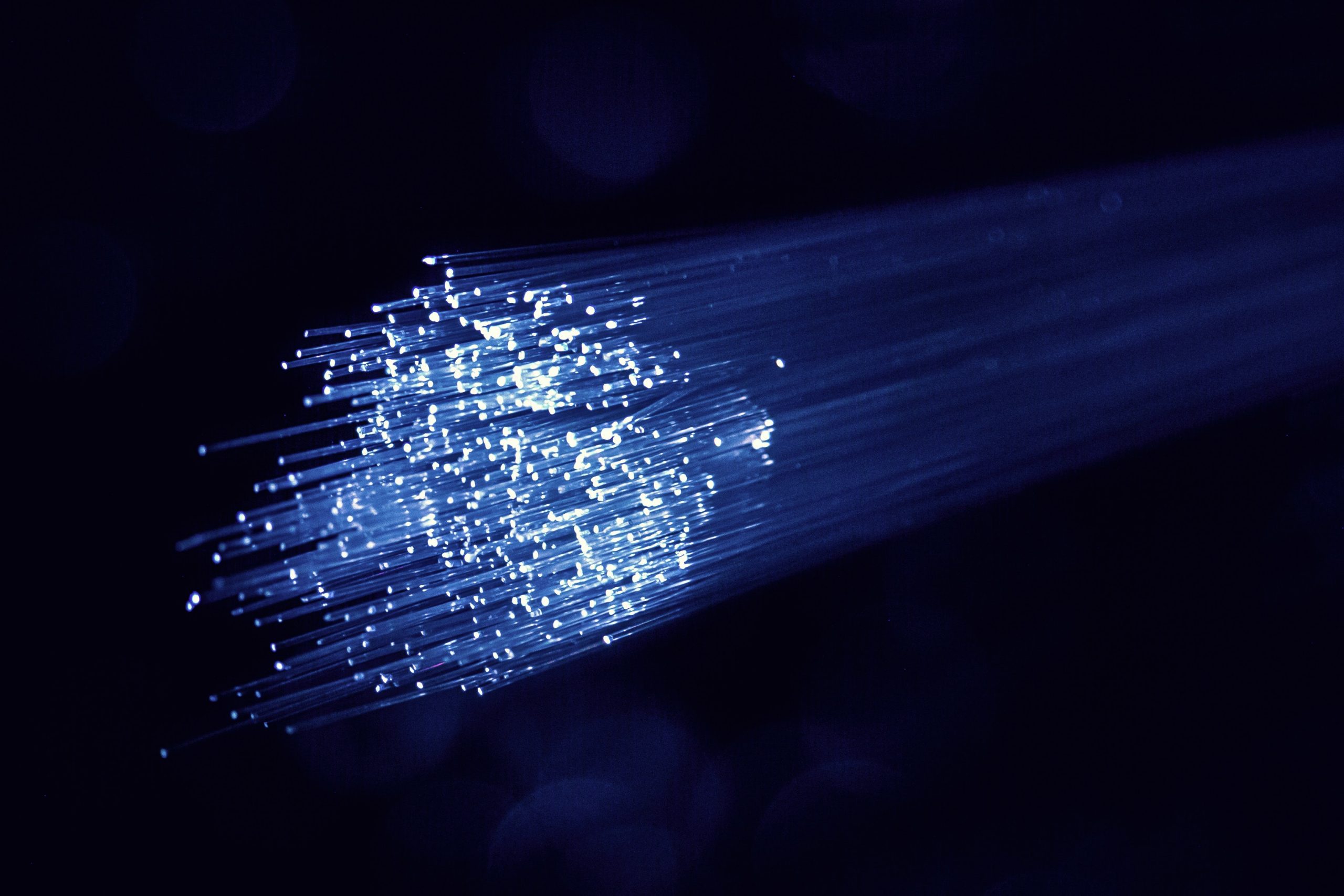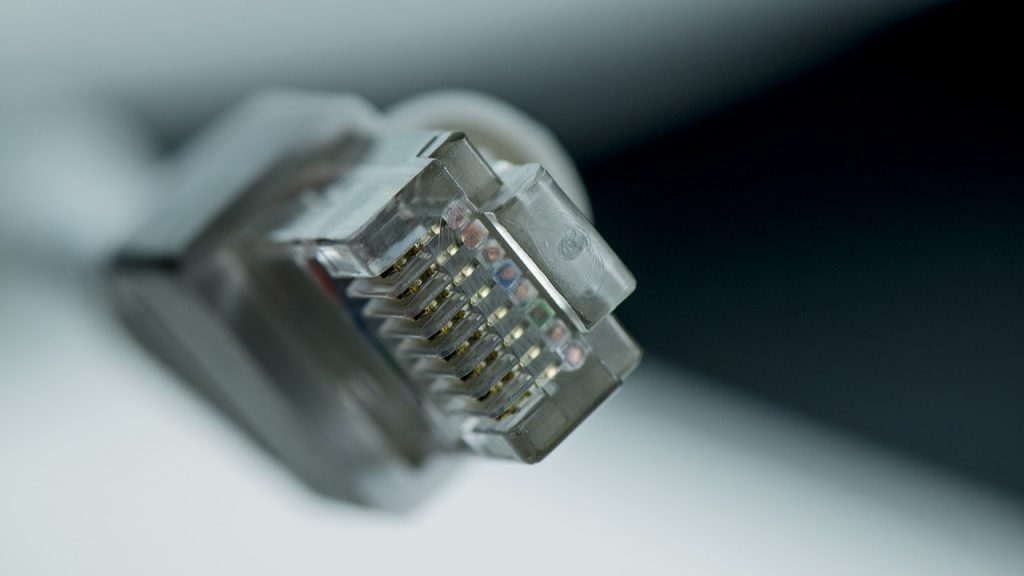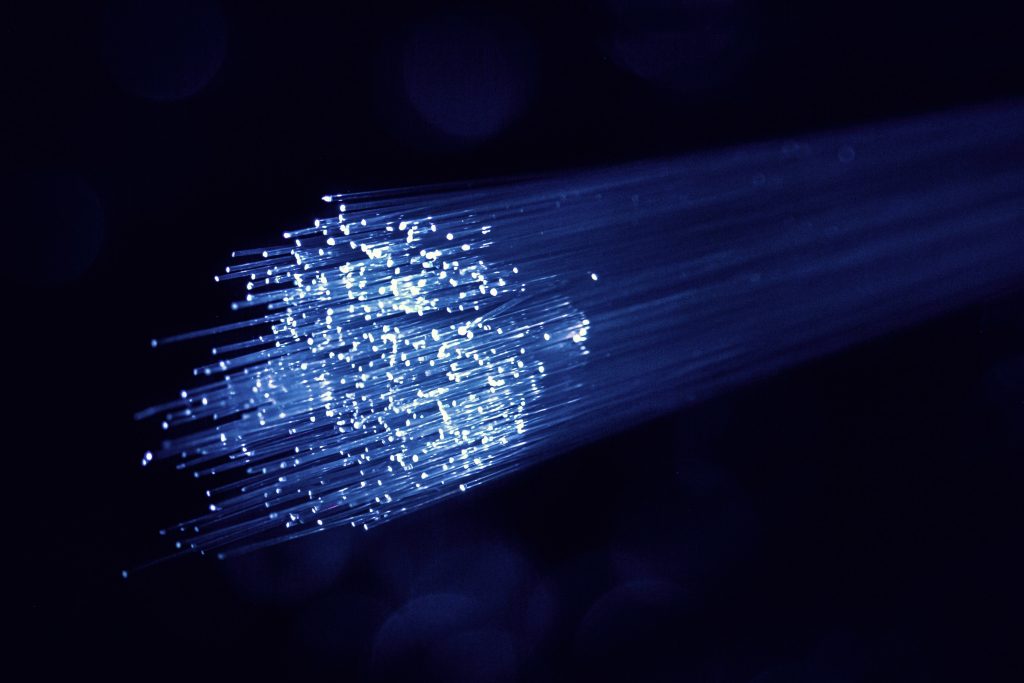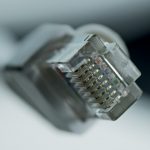You probably hear the terms “broadband,” “fibre” and “dial-up” all the time. But what are the exact differences between these words?
In this piece, we’ll explain the differences between some of the common internet jargon you’re likely to hear when shopping for a new broadband plan.
Definitions
First, let’s take a look at what each term actually means.
Broadband
This word has taken on a completely new meaning since the invention of high-speed internet.
In the past, broadband simply referred to methods of transmitting data that used a broad range of frequencies and transmission bands. Hence the term “broadband”.
These days though, it’s used to refer to home internet connections that are significantly faster than dial-up. You’ll see it used by major telecommunications companies to sell their medium-speed internet plans (typically with an 11-36Mbps download speed). But it may also be used when advertising faster broadband plans, which providers might call “fibre broadband” or “superfast broadband”.
Fibre

Fibre on the other hand has a much more simple definition.
This word refers to fibre-optic cable, which is what is used to supply modern internet connections. Data is transmitted as pulses of light along a fibre optic cable, allowing for incredibly fast download and upload speeds – since information can travel at the speed of light. This is where the “fibre” in “fibre broadband” comes from.
Dial-up
For all the young people out there who never had to experience dial-up, it was basically snail-pace internet.
Regular phone lines were used for data transmission, which made uploading and downloading very slow. The modem had to physically “dial up” the internet service provider (ISP) in order to establish a connection (which is why you always heard a beeping noise as it connected).
Dial-up internet offered a maximum download speed of 0.056Mbps. For comparison, the average download speed in the UK is currently more than 70Mbps.
Difference between broadband and fibre
Fibre is a specific type of broadband that allows you to achieve faster internet speeds. While broadband is a broader term referring to the communication technology you use to get online, fibre refers to the use of fibre-optic cables to deliver a broadband connection for at least part of the journey.
Broadband can also be delivered using copper cabling rather than fibre, though this technology is no longer used in most of the UK.
Since fibre-optic cables allow for faster data transmission than copper, fibre broadband is faster than regular broadband, delivered using copper cables.
Regular broadband typically used to use an Asymmetric Digital Subscriber Line (ADSL) connection. ADSL broadband offers download speeds of up to 11Mbps. Fortunately, most households in the UK now have access to fibre, rather than ADSL broadband, meaning they can get download speeds of at least 36Mbps.
The speeds of fibre broadband can vary quite substantially, from 36Mbps all the way up to 1000Mbps or even higher, depending on how the fibre is used. For example, if fibre is only used up to the cabinet in your street (known as fibre to the cabinet, or FTTC), then your speeds will be slower than if fibre is used all the way to the building (FTTB).
Difference between broadband and dial-up
Dial-up and broadband refer to different means of accessing the internet. Dial-up was the predecessor to broadband internet technology.
Dial-up internet was extremely slow by modern standards. While both dial-up and broadband can be delivered using copper cabling, through your phone line, broadband can also use fibre technology to achieve significantly faster speeds. However, even standard ADSL broadband, delivered through your phone line, is significantly faster than dial-up internet was.
Since these two terms are completely separate, there is no such thing as dial-up broadband. The two main types of broadband are ADSL broadband (including other similar technologies such as VDSL) and fibre broadband.
Difference between dial-up and fibre
Dial-up and fibre are completely different types of broadband technology, from different eras of the internet.
While dial-up used the copper phone network infrastructure to deliver an internet connection, fibre (also known as fibre broadband) uses fibre-optic cables for at least part of the journey. As a result, fibre broadband often delivers download speeds 900 to 18000 times faster than dial-up internet was ever able to provide.
Fibre broadband is the current standard being rolled out across the UK. On the other hand, the last dial-up internet connections were shut down by BT in September 2013.
Conclusion
Hopefully this guide helped to make the difference between dial-up, broadband and fibre a little more clear.
You may also be interested in our other terminology guide, explaining the difference between broadband, internet, and Wi-Fi.
If you’ve got any questions about what these words mean, please leave a comment below and we’ll get right back to you.
About the author

Tyler is the co-founder of Broadband Savvy. He has been helping people improve their broadband connectivity since 2018 by writing about fibre broadband and mobile broadband providers, as well as creating tutorials to help people improve their broadband speeds and Wi-Fi signal.
Tyler is responsible for the majority of buyer’s guides and broadband reviews published on Broadband Savvy. He has a wealth of experience testing and reviewing different broadband tariffs, including fibre internet plans, as well as 4G and 5G broadband deals. He is responsible for testing and evaluating Wi-Fi routers, performing speed and latency tests, and comparing the value for money of different broadband providers on the market in the UK.
Before co-founding Broadband Savvy, Tyler had a long history of tinkering with computers. He built his first PC at the age of 12, and since then, he’s become obsessed with all things networking and internet-related. He’s a massive gamer, loves Rocket League, and also plays Sunday League football.







